- Choosing the Right Type of Dracaena for Your Home
- Light Requirements
- Size and Growth Habit
- Watering Requirements
- Air Quality
- Overall Care Requirements
- How to Provide Optimal Light Conditions for Your Dracaena
- 1. Assess the Lighting Needs of Your Dracaena
- 2. Place Dracaena Near Bright, Indirect Light Sources
- 3. Rotate Your Dracaena Regularly
- 4. Avoid Direct Sunlight
- 5. Monitor Light Levels
- 6. Consider Seasonal Lighting Changes
- 7. Observe Your Dracaena’s Response
- Conclusion
- The Importance of Proper Watering for Dracaena Plants
- Maintaining the Right Temperature and Humidity for Dracaena
- Temperature
- Humidity
- Tips for Maintaining the Right Temperature and Humidity
- Fertilizing Dracaena: Tips for Healthy Growth
- Pruning and Propagating Dracaena: Essential Techniques
- Pruning Techniques
- Propagating Techniques
- Common Problems and Diseases: How to Deal with Them
- 1. Overwatering
- 2. Underwatering
- 3. Yellowing leaves
- 4. Browning leaf tips
- 5. Pest infestation
- 6. Diseases
- Q&A:
- How often should I water my Dracaena plant?
- What should I do if my Dracaena plant’s leaves are turning yellow?
- Can I keep my Dracaena plant in a low light area?
- How often should I fertilize my Dracaena plant?
- How do I propagate my Dracaena plant?
- Can I place my Dracaena plant outdoors during the summer?
- Video: Dracaena marginata "Magenta" Care | A Plant A Week
Dracaena plants are a popular choice for indoor gardening enthusiasts due to their attractive foliage and low maintenance requirements. These tropical plants can add a touch of elegance to any room and are known for their air purifying properties. Whether you are a seasoned plant parent or new to gardening, it’s important to understand how to properly care for your Dracaena plant to keep it thriving.
One of the most important aspects of Dracaena plant care is providing the right amount of light. While these plants can tolerate some shade, they prefer bright, indirect light. Placing your Dracaena near a north-facing window or a few feet away from a sunny window can provide the perfect balance of light. However, direct sunlight should be avoided, as it can scorch the leaves.
In addition to light, proper watering is crucial for the health of your Dracaena. It’s important to remember that Dracaena plants are drought-tolerant and do not like sitting in soggy soil. Allow the top inch of soil to dry out before watering your plant thoroughly. Be sure to check the moisture level of the soil regularly and adjust your watering schedule accordingly.
Dracaena plants are sensitive to fluoride and chlorine, so it’s best to use distilled water or water that has been sitting out for 24 hours to water your plant. This will help prevent leaf discoloration and tip burn. Additionally, misting the leaves of your Dracaena plant with water can help increase humidity levels and keep the foliage looking vibrant.
In conclusion, caring for your Dracaena plant involves providing the right amount of light, watering it properly, and using the right type of water. By following these tips, you can enjoy the beauty of a healthy and thriving Dracaena plant in your home.
Remember to regularly dust the leaves of your Dracaena to maintain its appearance and remove any pests that may be present. With a little bit of care and attention, your Dracaena plant will continue to grow and bring life to your living space for years to come.
Choosing the Right Type of Dracaena for Your Home
Dracaena plants are a popular choice for indoor plant enthusiasts due to their beautiful foliage and easy care requirements. With so many different varieties to choose from, you may be wondering which type of Dracaena is the best fit for your home. Here are a few factors to consider when selecting a Dracaena plant:
Light Requirements
Before selecting a Dracaena variety, it’s important to consider the lighting conditions in your home. Some Dracaena plants thrive in bright, indirect sunlight, while others can tolerate lower light conditions. If your home has bright, south-facing windows, you may opt for a Dracaena variety that requires more light. On the other hand, if your home has less natural light, you may want to choose a variety that can tolerate lower light levels.
Size and Growth Habit
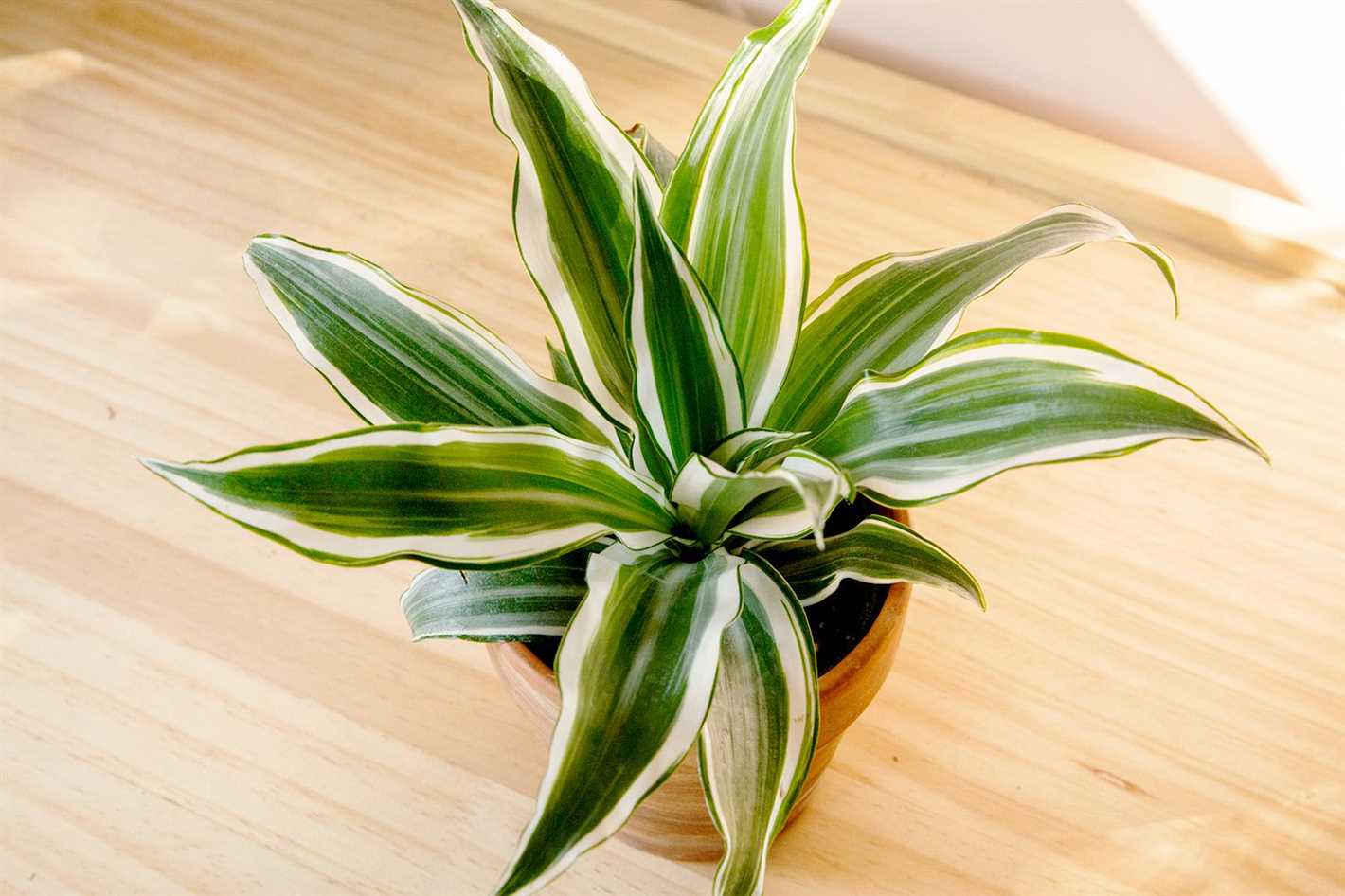
Dracaena plants come in a variety of sizes and growth habits. Some varieties grow tall and narrow, making them ideal for small spaces or corners. Others have a bushier growth habit, which can add fullness to a room or make a statement as a centerpiece. Consider the available space in your home and the desired look you want to achieve when selecting a Dracaena variety.
Watering Requirements
While Dracaena plants are generally low-maintenance, their watering requirements can vary. Some varieties prefer to dry out slightly between waterings, while others prefer consistently moist soil. It’s important to understand the specific watering needs of the Dracaena variety you choose to ensure proper care and prevent overwatering or underwatering.
Air Quality
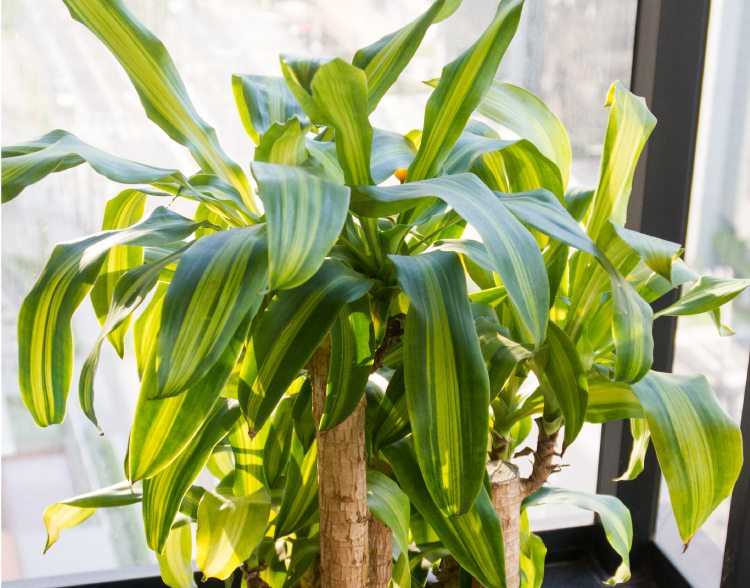
Dracaena plants are known for their ability to improve indoor air quality by filtering out toxins. However, some varieties are more effective at this than others. If improving indoor air quality is a priority for you, consider selecting a Dracaena variety that is known for its air-purifying qualities, such as Dracaena marginata or Dracaena reflexa.
Overall Care Requirements
Finally, it’s important to consider your ability to meet the overall care requirements of the Dracaena variety you choose. While Dracaena plants are generally easy to care for, some varieties may have specific needs, such as higher humidity levels or regular fertilization. Make sure you are comfortable providing the necessary care to keep your Dracaena plant healthy and thriving.
With these factors in mind, you can choose the perfect Dracaena variety that will thrive in your home and add beauty to your indoor space.
How to Provide Optimal Light Conditions for Your Dracaena
1. Assess the Lighting Needs of Your Dracaena
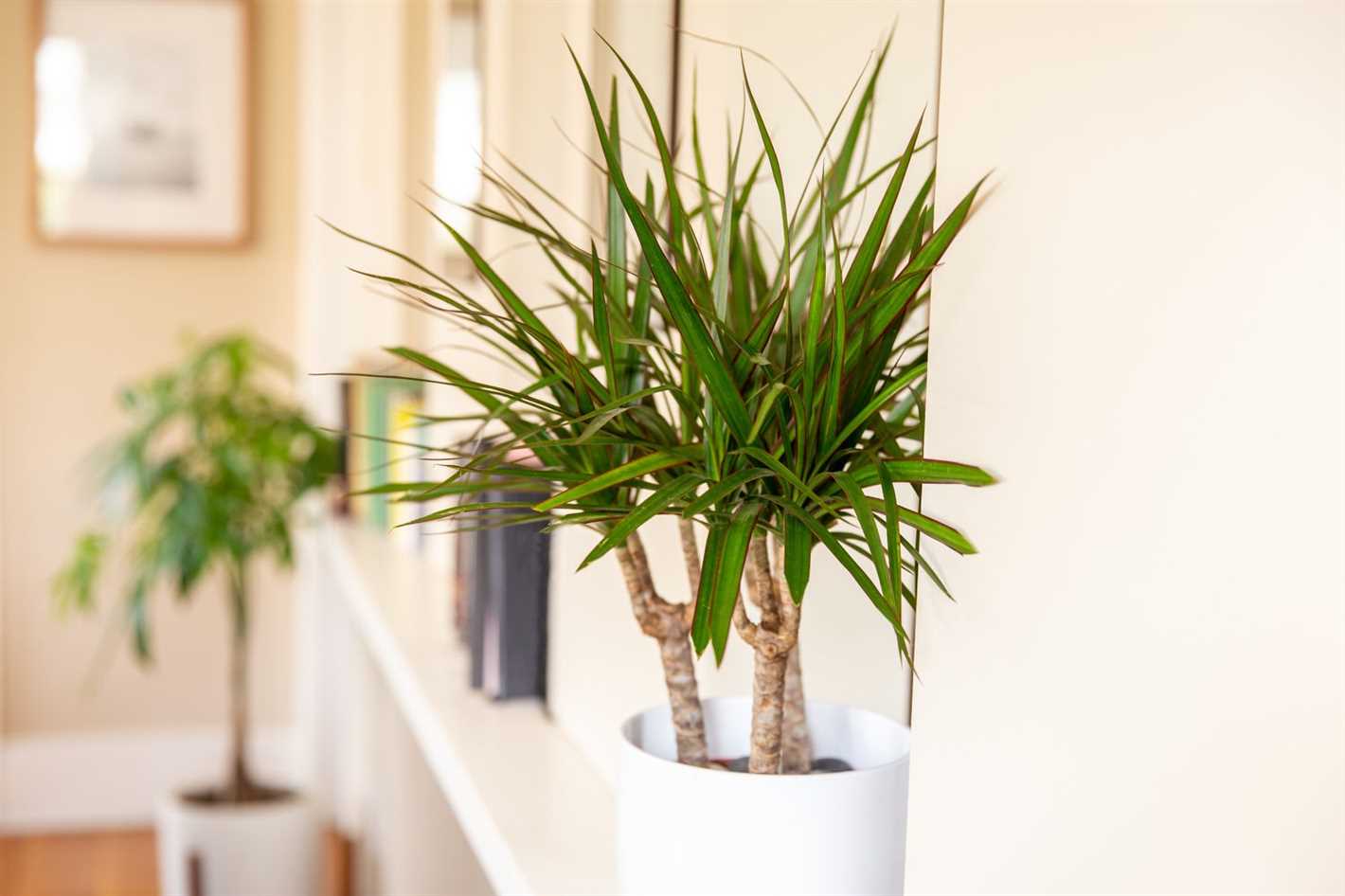
Dracaena plants thrive best in bright, indirect light. They can tolerate lower light conditions, but excessive direct sunlight can scorch their leaves. Before determining their placement, it’s essential to understand the lighting requirements of your specific Dracaena variety.
2. Place Dracaena Near Bright, Indirect Light Sources
Find a spot in your home that receives bright, indirect light. This could be near east or west-facing windows, but make sure the light is filtered through curtains or blinds to prevent direct exposure. If you don’t have suitable natural light, you can also use artificial light sources like fluorescent or grow lights.
3. Rotate Your Dracaena Regularly
To ensure even growth and prevent your Dracaena from leaning toward the light source, rotate the plant every few weeks. This will help all sides of the plant receive an equal amount of light, promoting a balanced and healthy appearance.
4. Avoid Direct Sunlight
Direct sunlight can damage the leaves of your Dracaena, causing them to turn yellow or brown. If you have south-facing windows or areas with intense sunlight, it’s essential to keep your Dracaena away from direct exposure. Use sheer curtains or blinds to filter the light or move the plant to a more suitable location.
5. Monitor Light Levels
Regularly check the brightness of the light in the area where your Dracaena is placed. If the light is too bright, it may be necessary to move your plant slightly further away from the light source. Likewise, if the light is too dim, consider moving it closer or supplementing with artificial light.
6. Consider Seasonal Lighting Changes
During the summer months, the sun’s position may change, and areas that were previously receiving indirect light may now be exposed to more direct sunlight. Monitor the light conditions and adjust the placement of your Dracaena accordingly to prevent leaf damage.
7. Observe Your Dracaena’s Response
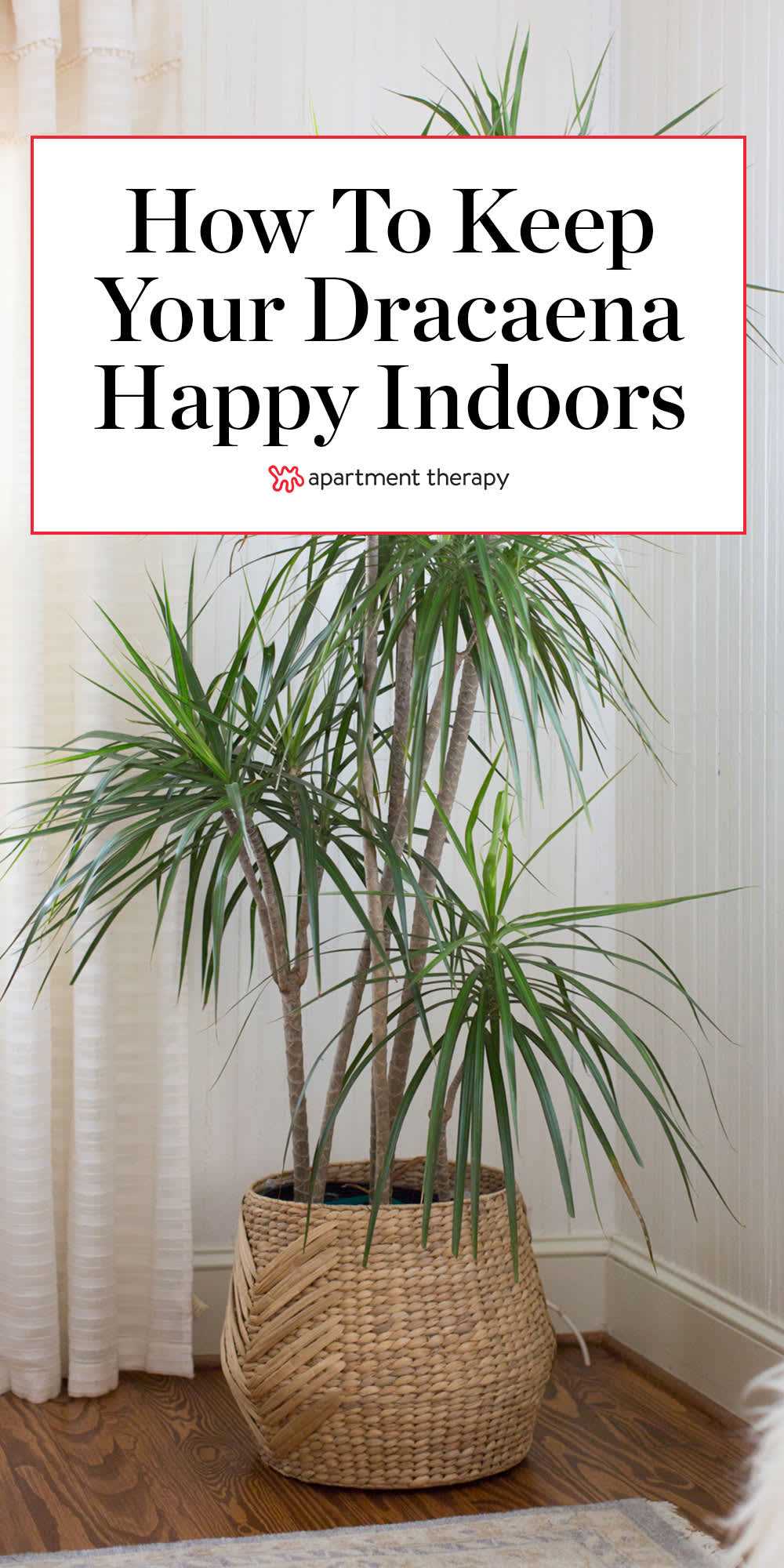
Pay attention to how your Dracaena reacts to its lighting conditions. If the leaves start turning pale or yellow, it may indicate insufficient light. On the other hand, if the leaves become scorched or brown, it could be a sign of too much light exposure. Adjust the placement as needed to provide the optimal lighting conditions for your plant.
Conclusion
Providing optimal light conditions is crucial for the growth and well-being of your Dracaena plant. By assessing its lighting needs, placing it near bright, indirect light sources, and monitoring its response, you can ensure that your Dracaena thrives in its environment.
The Importance of Proper Watering for Dracaena Plants
Watering is a critical aspect of caring for dracaena plants. Proper watering not only ensures the plant’s overall health and growth but also helps prevent various problems that can arise due to over or under-watering. Here are some key reasons why proper watering is crucial for dracaena plants:
- Adequate hydration: Water is essential for the plant’s overall hydration. Proper watering helps deliver the necessary moisture to the roots and facilitates the absorption of nutrients, enabling the plant to thrive.
- Prevent root rot: Over-watering can lead to root rot, a condition in which the roots of the plant become waterlogged and begin to decay. By watering dracaena plants appropriately, allowing the soil to dry out between waterings, you can prevent root rot and ensure the roots remain healthy.
- Prevent leaf yellowing: Under-watering can cause the leaves of dracaena plants to turn yellow and eventually wither. By providing enough water, you can prevent this issue and keep the foliage lush and green.
- Promote growth: Proper watering provides dracaena plants with the necessary conditions for growth. When the plant receives enough water, it can produce new leaves, stems, and roots, helping it to flourish and continue its growth cycle.
- Regulate temperature: Watering dracaena plants can help regulate their temperature. When the water evaporates from the soil, it cools down the surrounding air, creating a more comfortable environment for the plant.
To ensure proper watering for dracaena plants, it is crucial to follow a few guidelines:
- Use well-draining soil: Plant your dracaena in a pot with well-draining soil to prevent water from pooling around the roots.
- Check soil moisture: Before watering, check the moisture level of the soil by inserting your finger about an inch deep into the soil. If it feels dry, it’s time to water the plant.
- Water thoroughly: When watering, make sure to thoroughly saturate the soil until water drains out from the pot’s drainage holes. This helps ensure that the entire root ball receives moisture.
- Avoid over-watering: Allow the soil to dry out between waterings, as over-watering can lead to root rot.
- Consider environmental factors: Factors such as temperature, humidity, and light intensity can affect the watering needs of dracaena plants. Adjust your watering schedule accordingly based on these factors.
By understanding the importance of proper watering and following the guidelines mentioned above, you can ensure that your dracaena plants thrive and remain healthy in your home.
Maintaining the Right Temperature and Humidity for Dracaena
Proper temperature and humidity levels are essential for the health and well-being of dracaena plants. By creating an optimal environment, you can ensure that your dracaena thrives and remains free from stress and disease.
Temperature
Dracaena plants prefer relatively warm temperatures, ranging from 65°F to 80°F (18°C to 27°C). These plants are sensitive to cold drafts and temperature fluctuations, so it’s crucial to keep them away from doors, windows, and ventilation systems. In colder climates, it’s advisable to bring the plant indoors during the winter months or provide supplemental heating to maintain a consistent temperature.
Different species of dracaena may have specific temperature preferences, so it’s essential to research your specific plant’s requirements.
Humidity
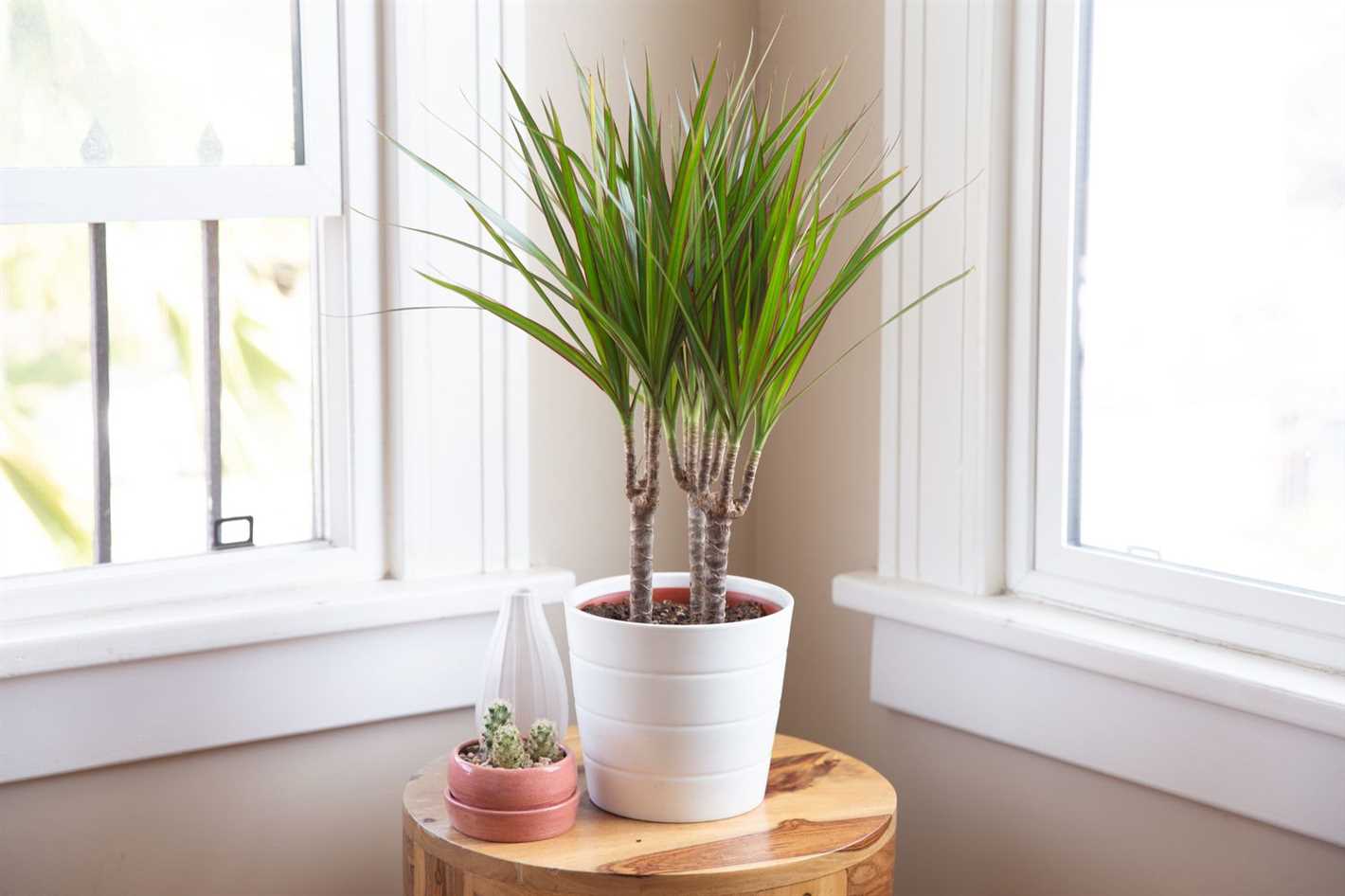
Dracaena plants thrive in environments with moderate humidity. Ideally, the humidity levels should be between 40% and 50%. If the air in your home is too dry, you can increase humidity by using a humidifier or placing a tray filled with water near the plant. Misting the leaves with water can also help raise humidity levels temporarily. However, be mindful not to overdo it, as excessive moisture can lead to fungal diseases.
Alternatively, if the air in your home is too humid, you can improve air circulation by opening windows or using fans. Avoid placing the plant near sources of dry air, such as heating vents or air conditioners.
Tips for Maintaining the Right Temperature and Humidity
- Keep dracaena plants in a location with consistent temperatures and away from drafts.
- Monitor temperature and humidity levels using a hygrometer and adjust accordingly.
- If necessary, use a humidifier or tray with water to increase humidity.
- Avoid placing dracaena plants near sources of dry air or excessive heat.
- Regularly check the moisture level of the soil and water the plant as needed.
- Provide proper drainage to prevent overwatering and root rot.
By maintaining the right temperature and humidity levels, you can create an ideal environment for your dracaena plant, ensuring its long-term health and vitality.
Fertilizing Dracaena: Tips for Healthy Growth
Dracaena plants are known for their beautiful foliage and easy care requirements. However, to ensure healthy growth and vibrant leaves, it is important to provide them with proper fertilization. Here are some tips for fertilizing your Dracaena:
- Choose the right fertilizer: Dracaenas require a balanced fertilizer with equal levels of nitrogen, phosphorus, and potassium. Look for a fertilizer with an NPK ratio of 20-20-20 or 10-10-10.
- Apply fertilizer during the growing season: Dracaenas are active growers during the spring and summer months. Apply fertilizer every 2-4 weeks during this period to provide them with the necessary nutrients.
- Dilute the fertilizer: Dracaenas are sensitive to strong concentrations of fertilizer. Dilute the fertilizer by half the recommended strength before applying it to your plants.
- Water your plants before fertilizing: To prevent fertilizer burn, make sure to water your Dracaenas thoroughly before applying any fertilizer.
- Apply fertilizer to moist soil: After watering, wait for the excess water to drain and apply the diluted fertilizer to the moist soil around the base of the plant.
- Avoid over-fertilizing: Over-fertilization can lead to salt build-up in the soil, causing root damage. Follow the instructions on the fertilizer packaging and avoid applying more than the recommended amount.
- Use organic alternatives: If you prefer organic fertilizers, you can use compost, worm castings, or fish emulsion to nourish your Dracaenas. These natural alternatives provide nutrients slowly and improve soil health.
Fertilizing your Dracaena plants regularly will help promote healthy growth and vibrant foliage. Remember to always follow the instructions on the fertilizer packaging and adjust the frequency and amount of fertilization based on the specific needs of your plants.
Pruning and Propagating Dracaena: Essential Techniques
Dracaena plants are known for their lush foliage and unique appearance. In order to maintain their health and beauty, it is important to learn proper pruning and propagating techniques. Here are some essential tips to help you keep your Dracaena plant looking its best:
Pruning Techniques
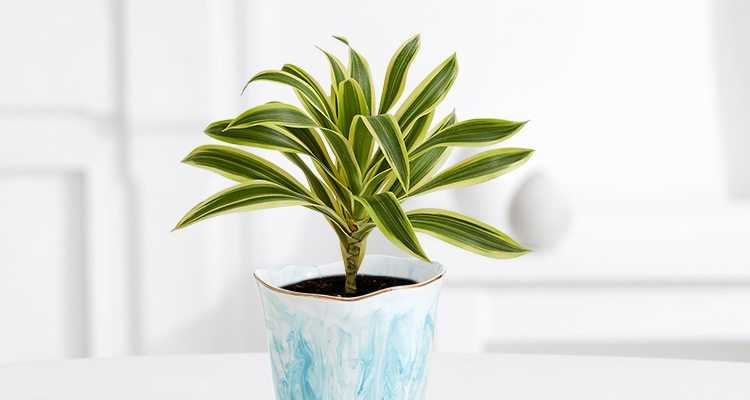
- Remove dead or yellowing leaves: Regularly inspect your Dracaena plant and remove any leaves that are dead or turning yellow. This will not only improve the plant’s appearance, but also prevent the spread of diseases.
- Trim overgrown branches: If your Dracaena has branches that have become too long or leggy, you can prune them to encourage new growth and maintain a compact shape. Use sharp pruning shears to make clean cuts just above the node.
- Control the plant’s size: If your Dracaena is growing too large for its space, you can control its size by trimming the top of the plant. This will stimulate branching and create a fuller, more compact appearance.
Propagating Techniques
Dracaena plants can be propagated through stem cuttings or by air layering. Here are the steps for each method:
- Stem cuttings:
- Select a healthy stem from your Dracaena plant and cut a 6-8 inch section just below a node. Remove the lower leaves from the cutting, leaving only a few at the top.
- Place the stem cutting in a glass of water or a well-draining potting mix. Keep it in a warm and bright location, but protected from direct sunlight.
- After a few weeks, roots should start to develop. Once the roots are well-established, you can transplant the cutting into a pot filled with well-draining soil.
- Water the new plant thoroughly and place it in a location with bright, indirect light. Keep the soil moist, but not soggy.
- Air layering:
- Select a healthy stem and make a small incision on the stem, just below a node. Dust the area with rooting hormone to promote root growth.
- Wrap the area with moist sphagnum moss and cover it with plastic wrap to create a humid environment. Secure the moss and plastic wrap with electrical tape.
- After a few weeks, roots should start to develop. Once the roots are well-established, you can cut the stem just below the root ball and transplant it into a pot filled with well-draining soil.
- Water the new plant thoroughly and place it in a location with bright, indirect light. Keep the soil moist, but not soggy.
By following these pruning and propagating techniques, you can ensure that your Dracaena plant remains healthy and beautiful for years to come.
Common Problems and Diseases: How to Deal with Them
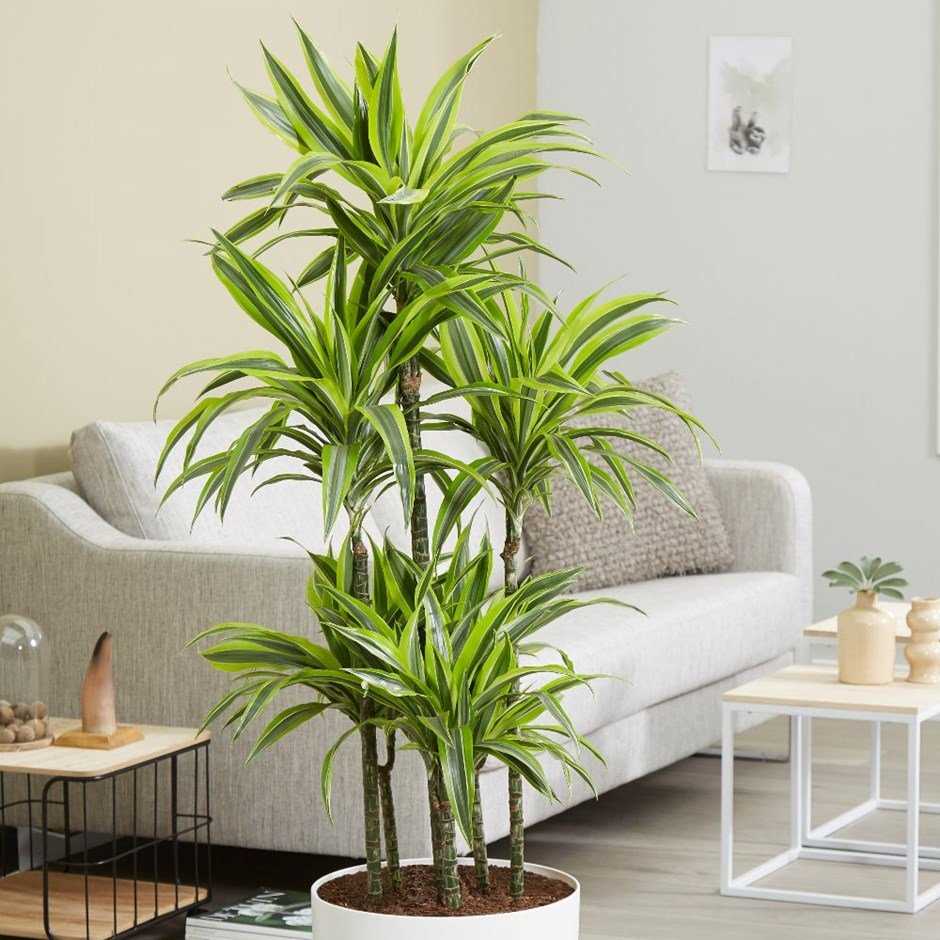
Dracaena plants are generally quite resilient and can tolerate a range of conditions. However, they can still experience some common problems and diseases that can affect their health and appearance. Here are some of the most common issues you may encounter when caring for Dracaena plants at home, along with ways to deal with them:
1. Overwatering
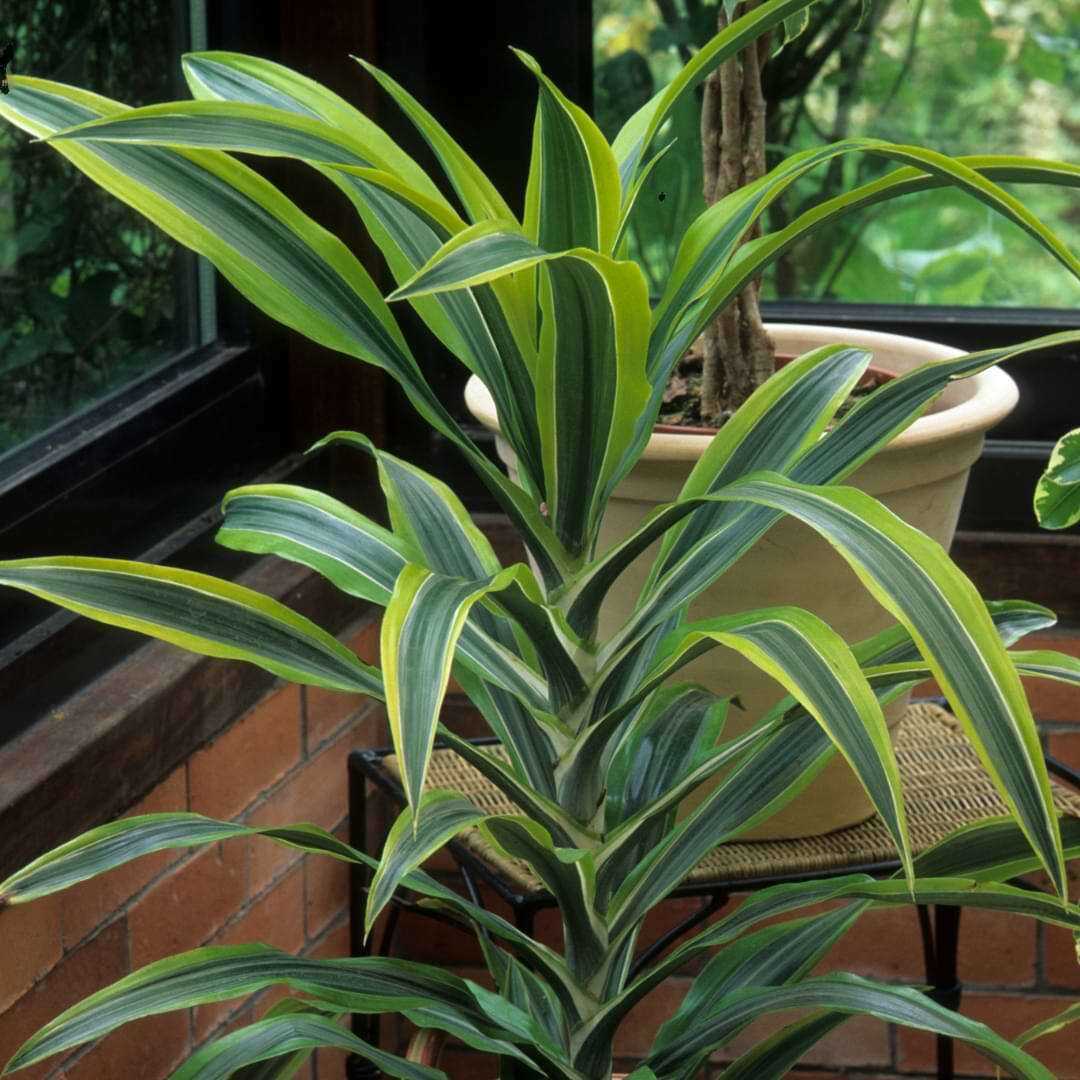
Overwatering is a common problem that can lead to root rot. Signs of overwatering include yellowing leaves, soggy soil, and a foul odor. To remedy this, allow the soil to dry out between waterings and reduce the frequency of watering. Ensure that the pot has proper drainage to prevent water from sitting in the bottom.
2. Underwatering
Underwatering can cause the leaves of Dracaena plants to turn brown and dry out. To prevent this, water your plant thoroughly whenever the top inch of soil feels dry. Be sure to water until water drains out of the bottom of the pot, ensuring that the roots receive enough moisture.
3. Yellowing leaves
Yellowing leaves can be a sign of various issues, including overwatering, underwatering, lack of nutrients, or too much direct sunlight. Carefully assess the conditions in which your Dracaena is growing and make appropriate adjustments. Trim yellow leaves to promote new growth.
4. Browning leaf tips
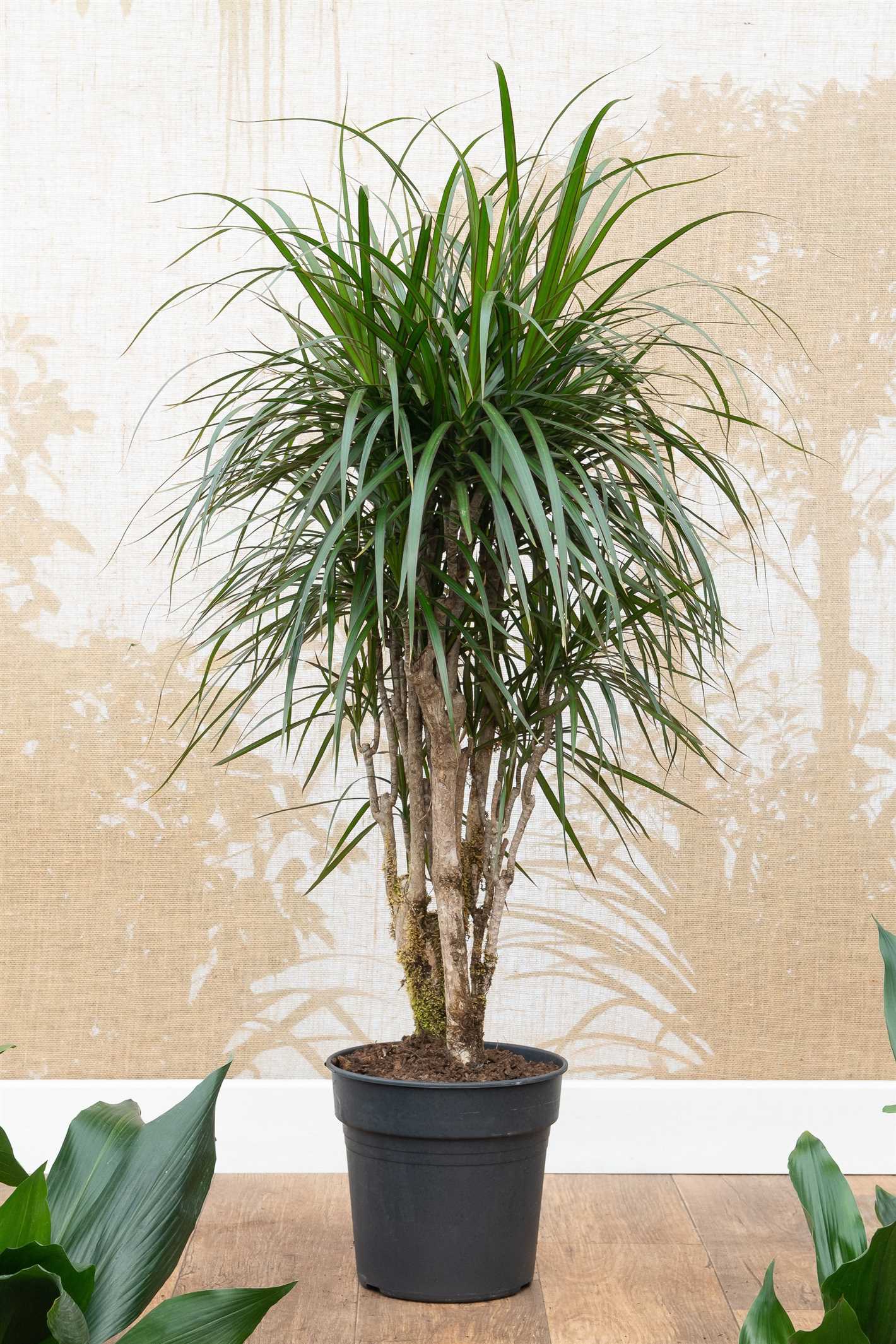
If the tips of your Dracaena’s leaves are turning brown, it could indicate low humidity or a buildup of salts in the soil. Increase humidity by misting the leaves regularly or placing a tray of water near the plant. Flush the soil periodically to remove accumulated salts.
5. Pest infestation
Dracaena plants are susceptible to common indoor pests such as spider mites and mealybugs. To combat these pests, isolate the infected plant, prune affected leaves, and wipe down the remaining leaves with a soapy water solution. If the infestation persists, consider using an insecticidal soap or consult a professional.
6. Diseases
Dracaena plants can be prone to diseases such as leaf spot, root rot, and stem rot. To prevent these diseases, avoid overwatering, provide good air circulation around the plant, and ensure the soil is well-draining. If you notice any signs of disease, remove affected leaves or stems and treat with a fungicide if necessary.
By being aware of the common problems and diseases that can affect Dracaena plants and promptly addressing them, you can help ensure the health and vitality of your indoor greenery.
Q&A:
How often should I water my Dracaena plant?
Dracaena plants prefer to be kept slightly on the drier side, so it’s best to water them only when the top inch of soil feels dry.
What should I do if my Dracaena plant’s leaves are turning yellow?
If your Dracaena plant’s leaves are turning yellow, it could be a sign of overwatering. Make sure you are allowing the soil to dry out between waterings and reduce the amount of water you give the plant. It’s also important to check for any pests or diseases that may be causing the leaves to yellow.
Can I keep my Dracaena plant in a low light area?
Dracaena plants can tolerate low light conditions, but they prefer medium to bright indirect light. If you want your Dracaena plant to thrive, it’s best to place it in an area where it can receive at least a few hours of indirect sunlight each day.
How often should I fertilize my Dracaena plant?
Dracaena plants don’t require a lot of fertilizer, but you can fertilize them once a month during the growing season (spring and summer) with a balanced liquid houseplant fertilizer. Be sure to dilute the fertilizer to half the recommended strength to avoid burning the plant’s roots.
How do I propagate my Dracaena plant?
Dracaena plants can be propagated through stem cuttings. Simply cut a section of stem with a few leaves attached and place it in a glass of water or a well-draining potting mix. Keep the cutting in a warm and humid environment until roots begin to form. Once the roots are established, you can transfer the new plant to a pot with regular potting soil.
Can I place my Dracaena plant outdoors during the summer?
Dracaena plants can be moved outdoors during the summer months, but they should be placed in a shaded area to protect them from direct sunlight. Make sure to acclimate the plant to outdoor conditions gradually, as sudden changes in light and temperature can cause stress to the plant.
Video:
Dracaena marginata "Magenta" Care | A Plant A Week







